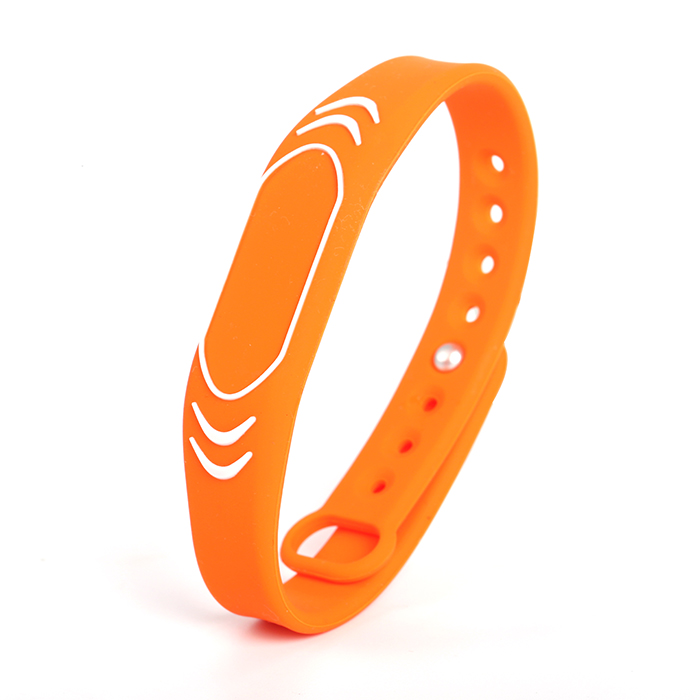
Best Price ICAR Certified 134.2Khz EM4305 Glass Tubes with Injector
RFID Animal Microchip with Syringe for Livestock/Pet Management
Type: VT-G
Material: Bio-coating,bioglass,antibacterial,antiallergic
Reading Distance:1-10cm;
Working Temperature: Minus20 ℃~50℃; storage temperature:-40 ℃~70℃
IC Chip: TK4102/ EM4305/ Hitg-S256;
|
Material
|
Bioglass
|
|
Avaliable size
|
1.25*7mm, 1.4*8mm, 2*8mm, 2*12mm, 3*15mm etc.
|
|
Working frequency
|
134.2KHz,125Khz, 13.56MHz
|
|
Protocal
|
ISO11784/785, IS014443A
|
|
Artcraft
|
ID number programming
|
|
Sterilization
|
100% Medical-grade sterilization
|
|
Chip Feature
|
Anti-bacterial,Anti-allergy,Anti-rejection
|
|
Application
|
Animal pets management.etc
|
RFID Glass Tag (Transponder) is a special design for animals like pets or wildlife, for animal identification and tracking. For pet microchip used for animal identification(or tagging animals), there are 3 standard: ISO11784/785 FDX-A, FDX-B and HDX.1.4x8mm now is the smallest sized pet microchip, widely used for tagging fish, mice, etc such very small animals; while 2x12mm is the common sized and popularly used on the market for dog, cat, horse, etc. At so far, we just developed a new product, 1.4x8mm in FDX-A format, as far as we know that, 1.4x8mm could only be FDX-B format because of the big rfid chip’s size, so, we now are the unique manufacturer who can supply FDX-A glass transponders at the smallest size
|
FDX-A:
|
1.4×8, 1.5×8, 2×6, 2×8, 2×10, 2×12, 3×13, 3.85×23, 3.85×32, 4x34mm
|
|||
|
FDX-B:
|
1.4×8, 1.5×8, 2×6, 2×8, 2×10, 2×12, 3×13, 3.85×23, 3.85×32, 4x34mm
|
|||
|
HDX:
|
2×12, 3×13, 3.85×23, 3.85×32, 4x34mm
|
|||
1. Contactless identification: RFID injectable animal tags allow for contactless reading and identification through wireless radio frequency signals. They provide a convenient and fast method for confirming animal identities without physical contact.
1. High reliability: These tags are typically made of durable materials and can operate stably on animals for extended periods. They have excellent resistance to water, impact, and environmental interference.
2. Large storage capacity: The embedded chips in RFID tags can store a significant amount of animal information, such as identity, vaccination records, genetic data, etc., providing rich data for animal management and research.
3. Efficient tracking and management: With RFID readers, quick and accurate identification and tracking of a large number of animals can be achieved. This aids in individual animal identification, animal population management, disease monitoring, and more.
4. Tamper resistance and security: Due to being implanted inside the animal’s body, RFID injectable animal tags are difficult to tamper with or remove, providing higher tamper resistance and security.
1. Agriculture and livestock: RFID injectable animal tags are extensively used in livestock management for individual animal identification, tracking, vaccination management, and disease monitoring. They improve productivity and management in the livestock industry.
2. Laboratory animal research: In laboratory animal research, the tags are used for identifying and tracking experimental animals, recording physiological parameters, behavioral activities, and other data, aiding scientists in animal behavior and biology studies.
3. Wildlife conservation: These products are employed for tracking and monitoring wildlife, helping conservationists gather crucial information such as species distribution, migration patterns, population numbers, etc., for the protection and management of wildlife resources.
4. Pet management: RFID injectable animal tags are utilized for pet identification and management, enabling pet owners to track their pets’ locations, health records, medical information, etc., enhancing pet safety and management convenience.

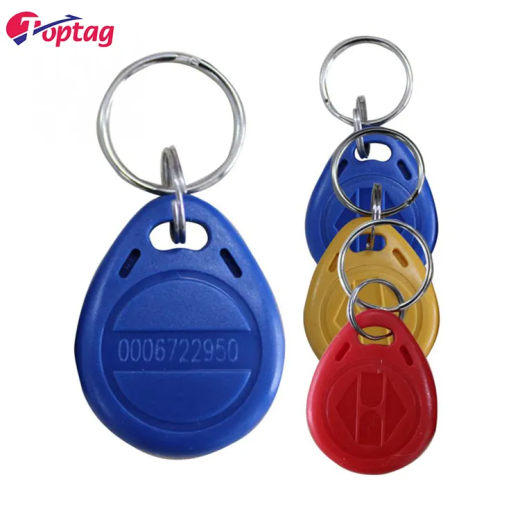
Producto igual al de la descripción, excelente servicio y atención, muy recomendable.
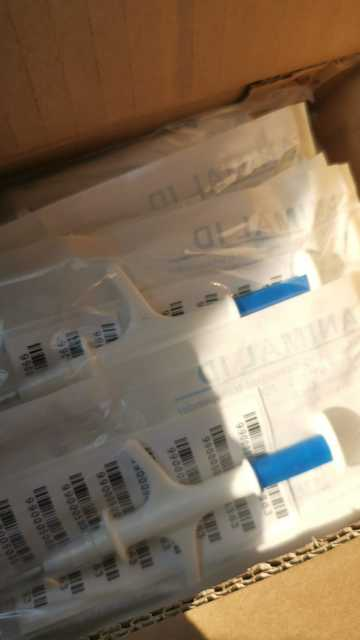
EXCELENTE Servicio como siempre.. llego en el tiempo indicado. Comprare mas en el futuro.. GRACIAS.
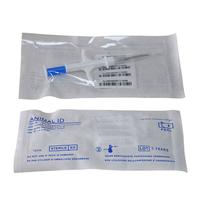
thanks to the seller for the good product, for the quick dispatch of the goods. My clients are very satisfied.
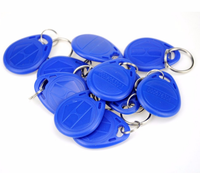
Repeat orders for many times, good supplier. Good quality and fast delivery.
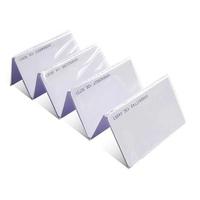
The quality is very good and the customer service is patient.
Price is very affordable, good service attitude.
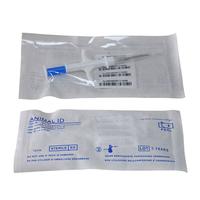
Покупаю шприцы второй раз по 1000 штук, мои клиенты остались довольны.
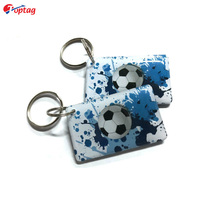
This product and order is amazing! Nicole handled my design and order with ease and the delivery was very quick!!! I am so impressed with the tags and I even have more orders for my other clients! Thank you so much Nicole and Shenzhen Toptag because these are beautiful! Amazing work
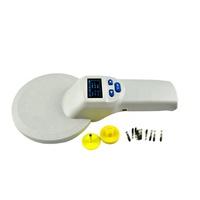
Excellent communication. Description of the item corresponds exactly to the facts. I recommend the seller. Thanks

We are very satisfied with our delivery. The order process went well Cooperative flexible problem solutions were offered. Product quality is good. Thanks for the great cooperation.
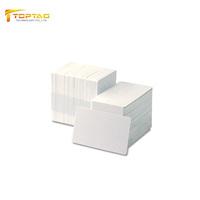
I bought cards mifare ... I am very sattisfied and I can say the best delivery and very fast !!!!!!!!!!!
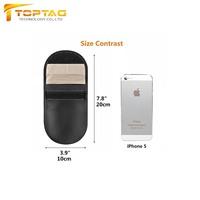
fantastic service, arrived a day earlier which was even better.. i hope to order more soon
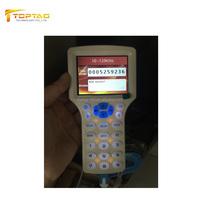
Nice product and good service Thank you so much
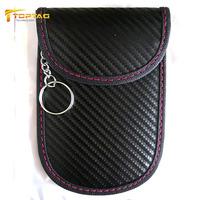
I was very happy with the service I got from Shenzhen Toptag Technology. I was in constact contact with the sales representative and she did a great job in communicating with me and shipping the final product to California.
Great service folks!
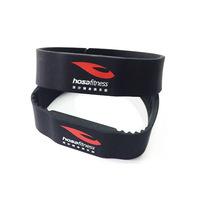
very fast shipping ! alongside with excellent customer serviceamazing experience with this company look forward to making more future orders.
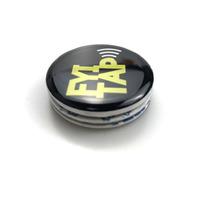
i advice people to trust them and working with them , they are very good and proffessional regards
Copyright © 2024 Shenzhen Toptag Technology Co., Ltd. All rights reserved.